Refugees the world over face difficult living conditions and that is no different at the Inke camp for refugees from the Central African Republic. We visited this camp of 20,000 registered refugees last week after our seminar at the Gbado-Gboketsa Bible Institute. The Inke camp is only 18 kms from Gbado-Gboketsa.
In order to visit the camp we had to first go to Gbadolite, 45 kms NE, to register with the Commission National pour les Refugies (CNR). This is the part of the Congolese government’s that deals with refugees. Next we visited the UNHCR office to greet their director who is over all 4 refugee camps for CAR refugees in the northern part of the old Equateur province. After these visits and a stop at the CEUM church we were off to the camp.
The camp is located in a 7 kilometer square area of former sobi grass. Sobi, Imperata cylindrica, is the dominant grass in the savanna areas here. The following picture gives a bit of an idea what the camp looks like. 4,000 homes like the structure above dot the area. As the camp was opened in June 2013, many residents have also built traditional mud and thatch structures. Some have put thatch over the tarp rood and others are working on more permanent buildings with adobe brick. The only trees we saw were papaya plants which don’t give much shade. This place has to be hot and uncomfortable during the intense sunny days.
The UNHCR worked with another agency and drilled numerous wells throughout the camp. Each has a hand pump like this, a protected area for getting water and a drainage system out to a dry well for spillage. Just a few meters away there is also a concrete structure, table height and width, with drainage for washing clothes. Nicely done.
In 2015 Covenant World Relief (CWR) gave the CEUM a grant to teach women to make soap as one of the needs at the camp is for income generating activities. 4 associations of 27 women each were trained. The women explained that they make soap 3 times/week, making 60 long bars each time. They sell a bar for 700 FC, about $0.71. There is good profit in it for them. Some clients buy the bars in packages of 9 which they then resell in other markets, often after cutting them in to smaller pieces. Pastor Bofio, the CEUM’s refugees ministry coordinator, told me that these women have gone elsewhere to teach others how to make soap. very encouraging.
4th year primary classroom
There are 5 buildings for the primary school in the camp. 2 are nice permanent construction such as above. The others are tarp and frame construction. The director explained that the UNHCR only builds primary schools in the camps. For secondary school the kids have to go outside the camp to the Congolese school, about 2 kms away on the road to the main road. The primary school has 14 classrooms and they are all used morning and afternoon. He said that 2,500 students attend school here. As the refugees are from CAR they are following the CAR curriculum which is the French education system. The teachers, themselves refugees, were teachers in CAR. In 4th year there was beautiful French written on the blackboard.
We visited the health center above. It is a wonderful facility and well staffed. There are examining rooms for women, children and men plus pregnant women and an OB ward. The doctor present explained that they do not have wards to hospitalize people. They can keep them in a ward for observation, but if after 2 days they are not well then they transfer them to the hospital in Gbadolite. Next to the health center are tarp structures for training in nutrition, STDs and other public health subjects.
While some of the institutions pictured above look very good, this remains a refugee camp where life is difficult.
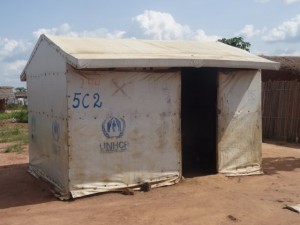
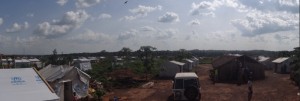
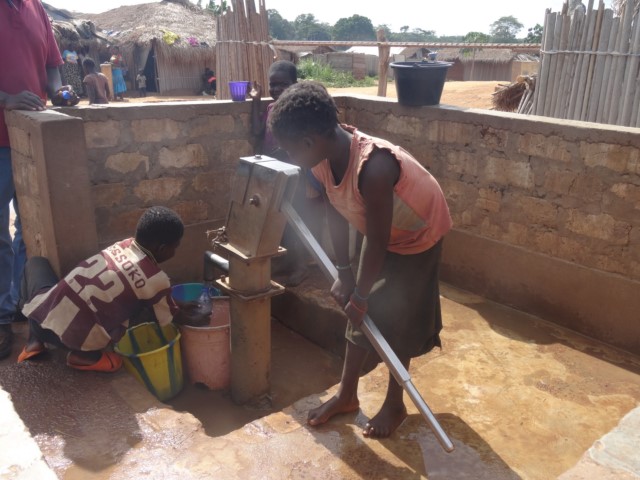
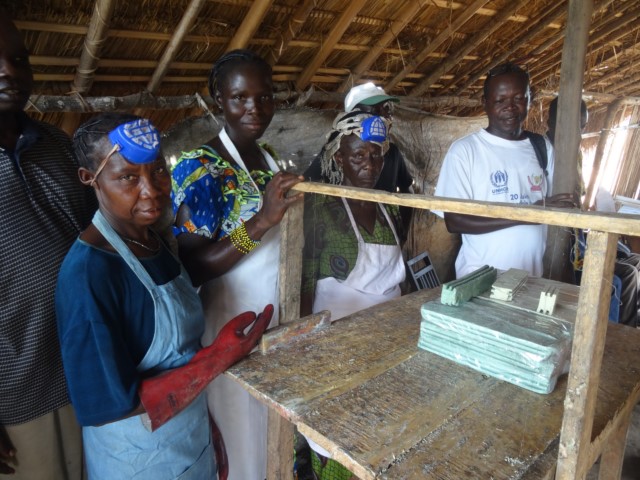
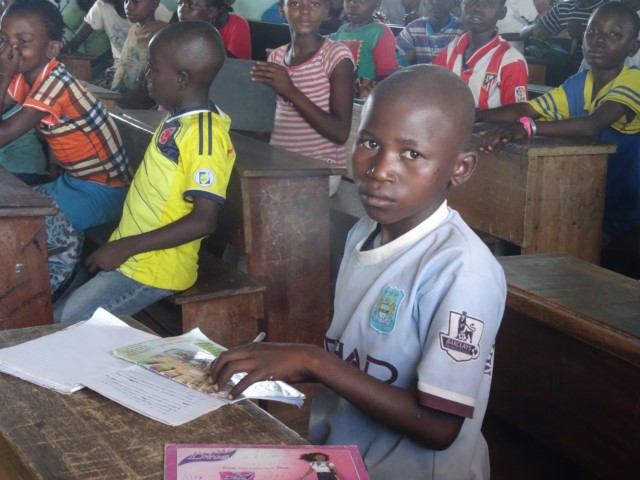
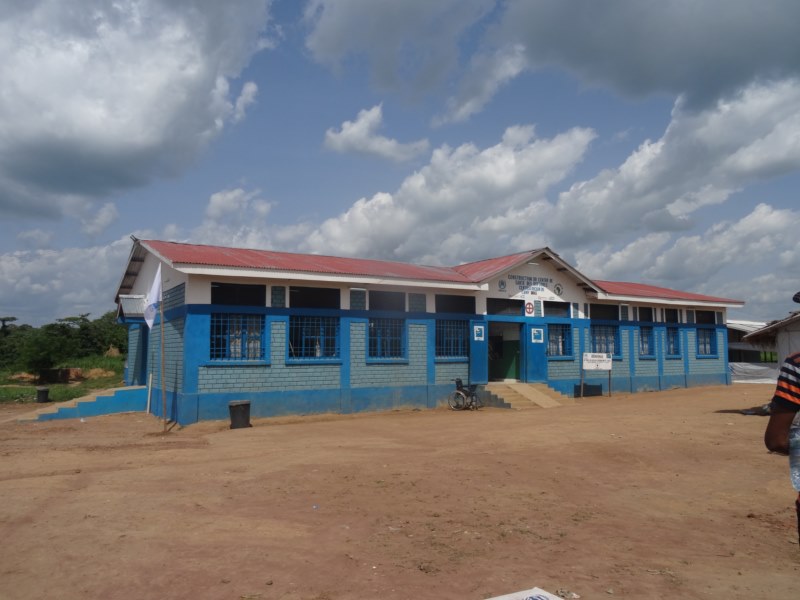
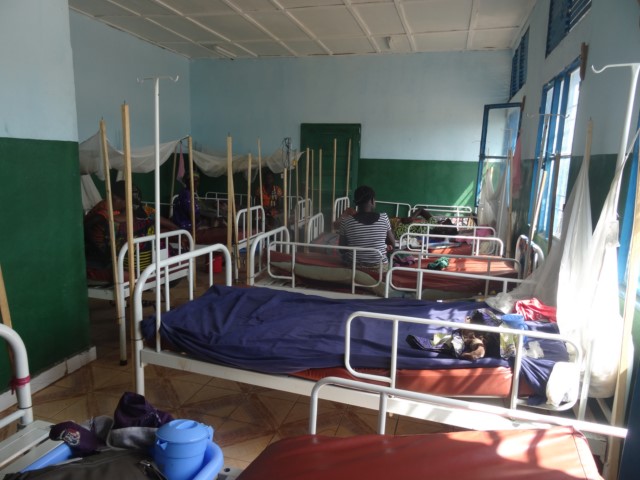
![housing in camp (4) [800x600]](http://blogs.covchurch.org/ekstrand/wp-content/uploads/sites/12/2016/05/housing-in-camp-4-800x600.jpg)
![housing in camp (5) [800x600]](http://blogs.covchurch.org/ekstrand/wp-content/uploads/sites/12/2016/05/housing-in-camp-5-800x600.jpg)

Thanks again for your ministry to Congo. Your blog really helps keep the needs and issues in my prayers and on my mind. Blessings!
Report This Comment
Thanks Jerry. We’re grateful for your prayers. Pete
Report This Comment